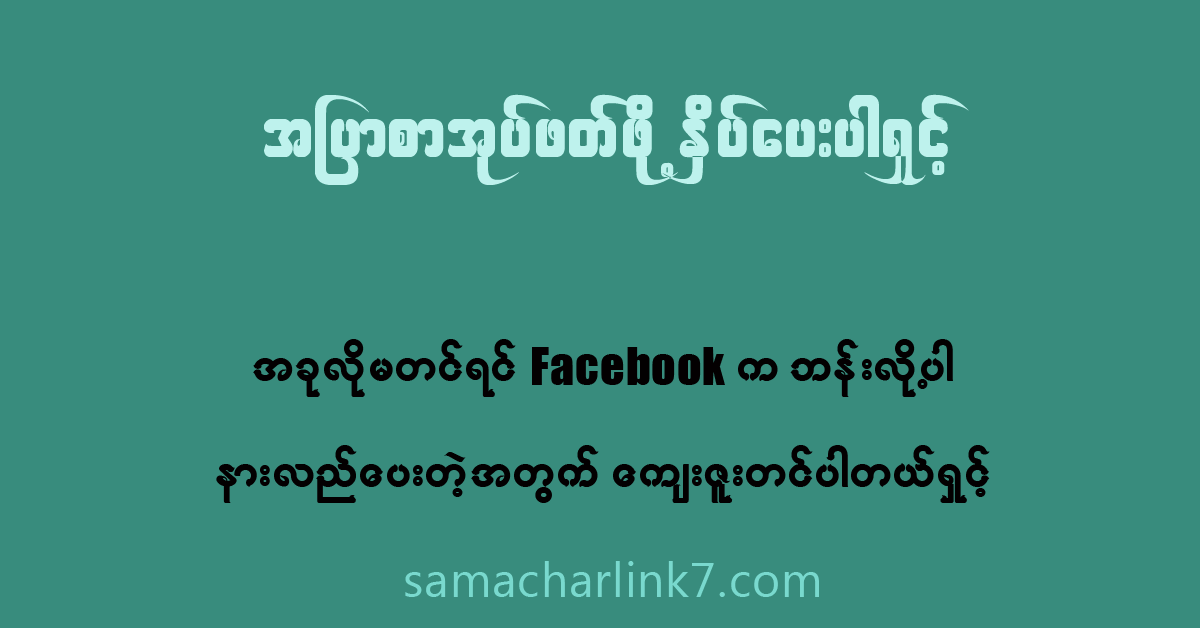
In today’s globalized world, communication is key. Whether you’re traveling, doing business, or learning a new language, breaking down language barriers is essential. That’s where AI-powered language translation tools have made a huge impact. Thanks to artificial intelligence (AI), translating languages is easier, faster, and more accurate than ever before.
What is AI in Language Translation?
Artificial Intelligence (AI) refers to systems or machines that can perform tasks usually requiring human intelligence, such as understanding and processing language. In the case of language translation tools, AI helps convert text or speech from one language to another automatically. Unlike traditional translation methods, which often rely on fixed rules and vocabulary, AI-based translation tools learn from massive amounts of data to provide contextually accurate translations.
How AI is Changing Language Translation
Improved Accuracy and Context Understanding Early translation tools often gave clunky, word-for-word translations that didn’t always make sense. However, with the introduction of AI, machine learning models have evolved. AI now analyzes entire sentences or even paragraphs to understand the meaning behind words. This results in translations that sound more natural and are closer to how a native speaker would phrase things.
Real-Time Translation One of the most remarkable advancements is the ability to translate speech in real-time. AI-powered apps and devices can now provide instant translations during conversations, making it easier to communicate with people who speak different languages. Whether you’re at a business meeting or traveling, real-time translation tools break down language barriers immediately.
Multilingual Support AI translation tools support a wide range of languages, making them useful for people all over the world. Whether it’s translating English to Spanish, Mandarin to French, or Arabic to German, these tools can quickly handle multiple language pairs. AI tools can even provide translations between rare or less commonly spoken languages, which was difficult with traditional tools.
Continuous Improvement AI tools improve over time through machine learning. The more data they process, the better their translations become. This continuous learning helps them adapt to regional dialects, slang, and evolving language trends. As more users interact with these tools, AI becomes more accurate, providing increasingly reliable translations.
Popular AI-Based Language Translation Tools
Several AI-powered language translation tools have gained popularity and are widely used today:
Google Translate: Google has been a pioneer in using AI for language translation. It supports over 100 languages and offers features like real-time text translation, camera translation, and even conversation translation.
DeepL Translator: Known for its high-quality translations, DeepL uses advanced AI algorithms to provide natural-sounding translations with excellent context understanding.
Microsoft Translator: Offering text, voice, and image translation, Microsoft’s AI-powered translator supports many languages and integrates with other Microsoft products like Office and Skype.
iTranslate: iTranslate offers text and voice translations in over 100 languages, making it a popular choice for travelers and professionals alike.
The Benefits of AI in Language Translation
Time-Saving: AI tools can translate vast amounts of text in a fraction of the time it would take a human. This efficiency is invaluable for businesses and individuals who need quick translations.
Cost-Effective: AI-based translation is often more affordable than hiring human translators, especially for everyday use. This makes translation services accessible to a larger audience, including small businesses and travelers.
Accessibility: With AI translation tools available on smartphones, tablets, and computers, anyone with an internet connection can access them. This opens up communication to people worldwide, regardless of their location.
Increased Global Communication: AI-powered translation breaks down language barriers, enabling more people to communicate with each other. Whether it’s connecting with a customer overseas or chatting with a friend from another country, AI helps bridge the gap.
Challenges of AI in Language Translation
Despite its many benefits, AI in language translation still faces challenges:
Cultural Nuances: AI may struggle to accurately translate phrases that carry cultural or emotional weight. Certain expressions or idioms don’t always have a direct equivalent in other languages, making it difficult for AI to capture the intended meaning.
Accuracy in Complex Texts: While AI works well for everyday language, it may not always produce flawless translations for highly technical or legal documents. Human oversight is still necessary for highly specialized translations.
Dependence on Data: AI translation tools need vast amounts of data to function effectively. In some languages, there may not be enough data available for the AI to learn from, which can result in less accurate translations.
The Future of AI in Language Translation
As AI continues to advance, we can expect even better, more accurate translations. Natural language processing (NLP), a branch of AI, is becoming more sophisticated, allowing machines to understand the nuances of human language even better. In the future, we may see AI tools that can handle more complex linguistic tasks, such as translating emotional tone, sarcasm, and humor, which are often challenging for machines today.
Moreover, AI may eventually be able to translate in more diverse contexts, such as video or audio content, providing fully interactive, multilingual experiences.

